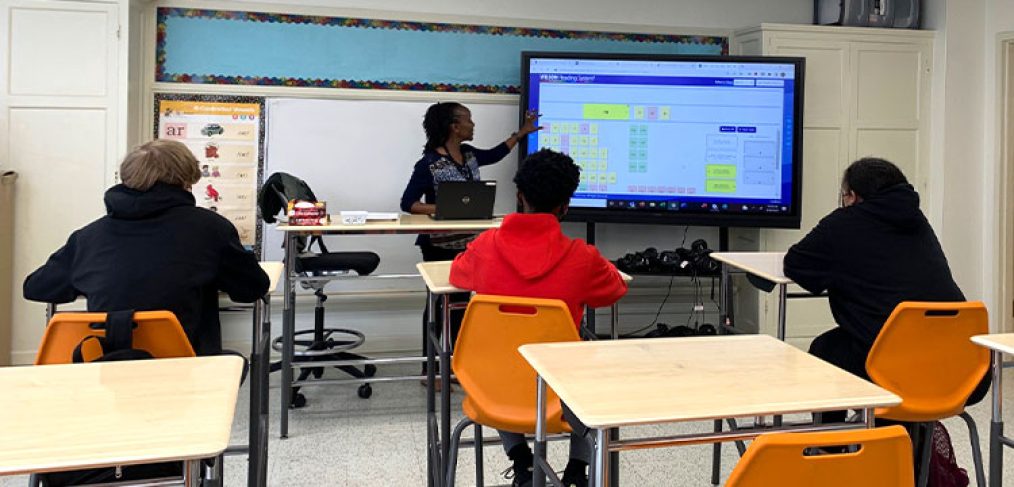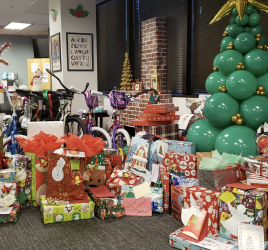
ESSER update: Expanding dyslexia services
The COVID-19 pandemic created obstacles to learning for many students, including those with dyslexia who were already struggling in reading and writing. These skills are fundamental to student success and college readiness, which is why Veronica Allen, the director of Section 504 and Dyslexia Services, and her team have been working so hard to expand dyslexia intervention across Dallas ISD’s middle and high schools.
The first goal of dyslexia intervention is to identify and remediate students as early as possible. However, regardless of the age a student is identified, all students identified with dyslexia require strong support systems in order to progress academically. Fortunately, an allocation from the Elementary and Secondary School Emergency Relief (ESSER) fund has enabled Dallas ISD to broaden services in middle schools and enter high schools for the first time during the 2021-2022 school year.
Allen’s team used about $2.5 million in high schools and about $4.2 million in middle schools and hired 34 new secondary dyslexia interventionists to reach all secondary campuses. Some of the high school funding also went to supplies and materials, which the middle schools already had in place. As a result, there are now 189 full-time interventionists across the district who are assisting 5,886 students from elementary to high school. Their insights into the programs’ successes have been overwhelmingly positive.
“Dyslexia interventionists are seeing these students blossom,” Allen said. “They are helping students become fluent readers and giving them more confidence. They are also teaching the students to be their own advocates and how to read their accommodation plans so they can say, ‘This is how and why I need support.’ And then they can advocate for themselves in every class.”
Providing dyslexia intervention at the middle and high school level can be difficult if interventionists do not build trust and rapport with their students. Some students do not understand why they need to sound out letters in sessions when they are reading in class, while others may feel embarrassed to be receiving support at all. So explaining the “why” behind their sessions and getting students to buy into the dyslexia program is key.
“It’s just a whole other ball game,” Allen said. “You have to really pour into them, so that way they trust you to go the extra mile for them. Once they start seeing and reaping the rewards, it’s unbelievable. That’s the exciting part.”
The ESSER funding for secondary dyslexia expansion will cover three years total, and then the programs will rely on the general operating budget. Allen’s primary goal continues to be early identification, but she also wants to ensure that secondary students receive exemplary dyslexia services and learn how to self-advocate so they can have a bright and successful future.
“We want these kids to succeed and be college ready,” Allen said. “If they cannot read, they are going to struggle across all core content, so once we build those skills and give them strategies to support the fundamentals of reading, then they are going to see progress across the board.”



